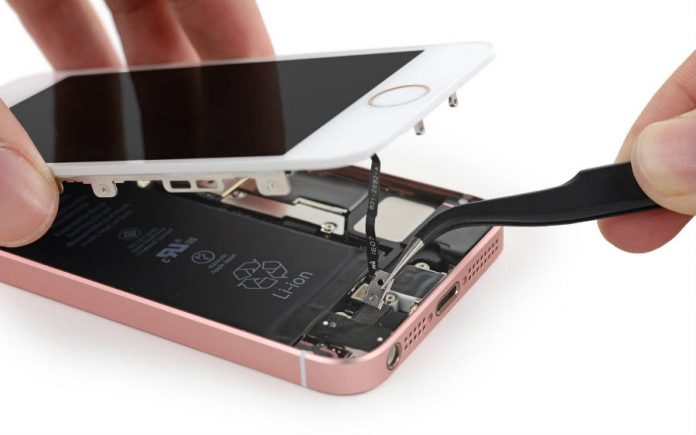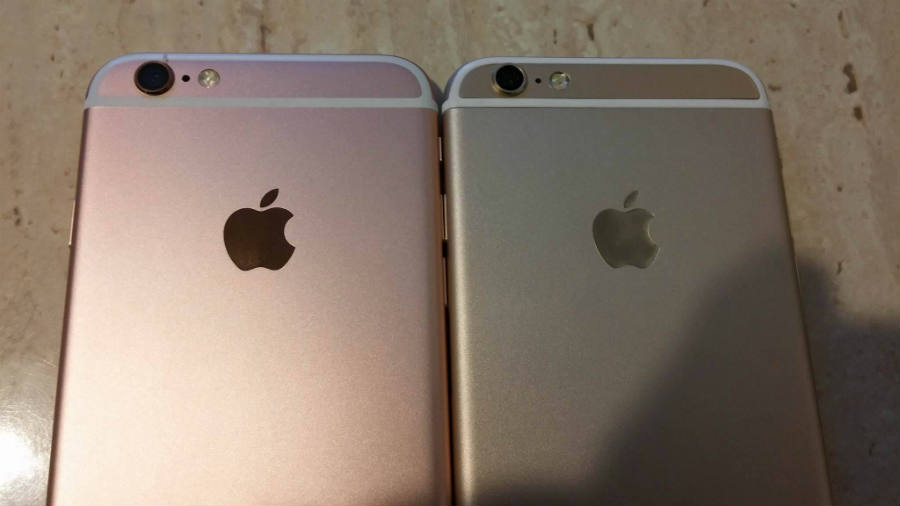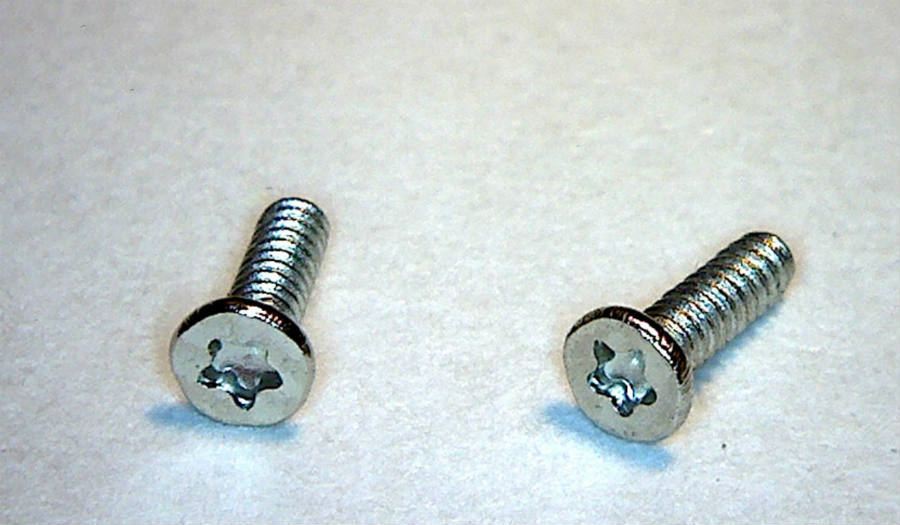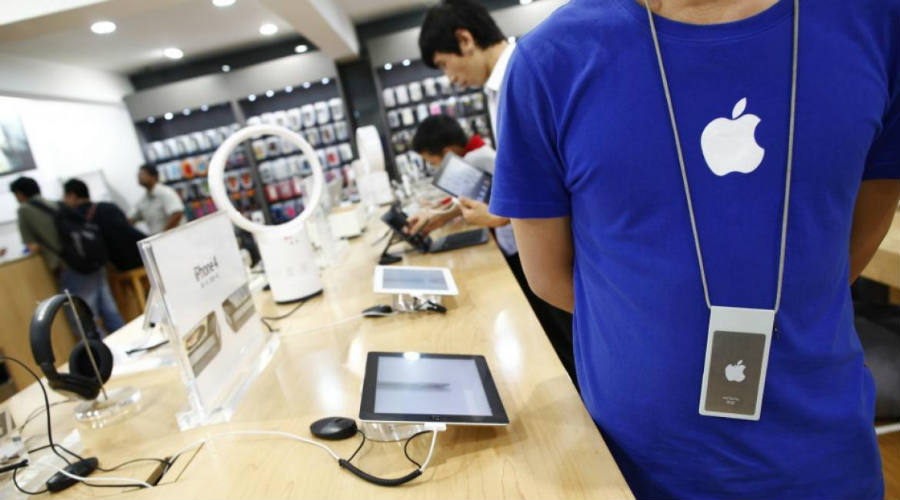
Apple is one of the most influent in the world, and the company owes this success to a single invention that changed the world. First launched in 2007, the iPhone redefined the mobile market, and this year, the company reached the 1 billion sold units milestone.
iPhone’s success created a very lucrative market, and everybody noticed it, pirates included. There are lots of people, and companies, that mastered the art of making a fake iPhone, and they flooded some markets with their clones.
Even though they look very similar, fake iPhones’ performance is lacking, at the very least. Luckily, there are many ways to tell a real Apple product from a phony.

1. Check for Apple’s signature logo
Although it may seem obvious, many users and potential buyers overlook details when it comes to mobile devices. “If it seems legitimate, it must be!” Well, the devil is in the details, and a simple close-up look at the back of an iPhone should reveal if it is real or not.
The iconic Apple logo sits on the upper back of the device. It is non-reflecting, and it is seamlessly delineated. A fake iPhone would sport a poorly-designed dark or shiny logo.
2. Check for iPhone landmarks: buttons, materials, and appearance
If the Apple logo looks legitimate enough, there are other ways to spot a duplicate iPhone at first glance. The aluminum back cover should be Space Gray colored, whereas a fake would either be reflecting or poorly paint-coated. It is easy to tell the difference, especially because it scratches easily.
The buttons on the device should be placed in the correct order: Home button center-front, power/sleep button on the top right, and volume and ringer switches on the upper left side of the iPhone. If all this checks out, comparing dimensions and weight with an original device is also an option.

3. Check the screws on the iPhone
Apple manufactures the iPhone not only with signature marks on the outer body but also with original components to jointly secure a premium flagship product.
The Pentalobe screws are a reliable way to detect if an iPhone is real or not. People just have to look for the star-shaped pin dents that are only found on Apple devices.
Counterfeit iPhones will include a different type of screw, most likely a regular cross type or another industry standard.
4. Check the interface and applications
The first thing users should notice upon booting an iPhone for the first time is, once again, the Apple logo. The handset must not show any other welcome screen or anything of the sort.
The interface should look sleek and well-designed. Again, comparing the suspected smartphone to an original iPhone is a great method. Counterfeit iPhones will also have trouble running some signature apps and services like Siri or the App Store itself.
Moreover, connecting the device to iTunes will also most likely trigger a failed recognition warning if it happens to be fake.

5. Check with an expert at an Apple Store
If all else fails, which is still likely given the high-quality duplicates produced nowadays, the last resort is taking the iPhone to an official representative at a registered Apple Store.
These technicians will run serial numbers through the system, check for inconsistencies and even open up the iPhone to check if the components are original.
If there are any pirated or scrap parts inside the phone, Apple will not honor the warranty on the device even if the user purchased it unknowingly.
Bonus Tip: Users can check the legitimacy of their iPhones by themselves on Apple’s official site by running the serial number through its Coverage Support platform. If the website shows an error, it may be a sign that the iPhone is a duplicate.
Source: Apple
Coverage support site: https://checkcoverage.apple.com/










